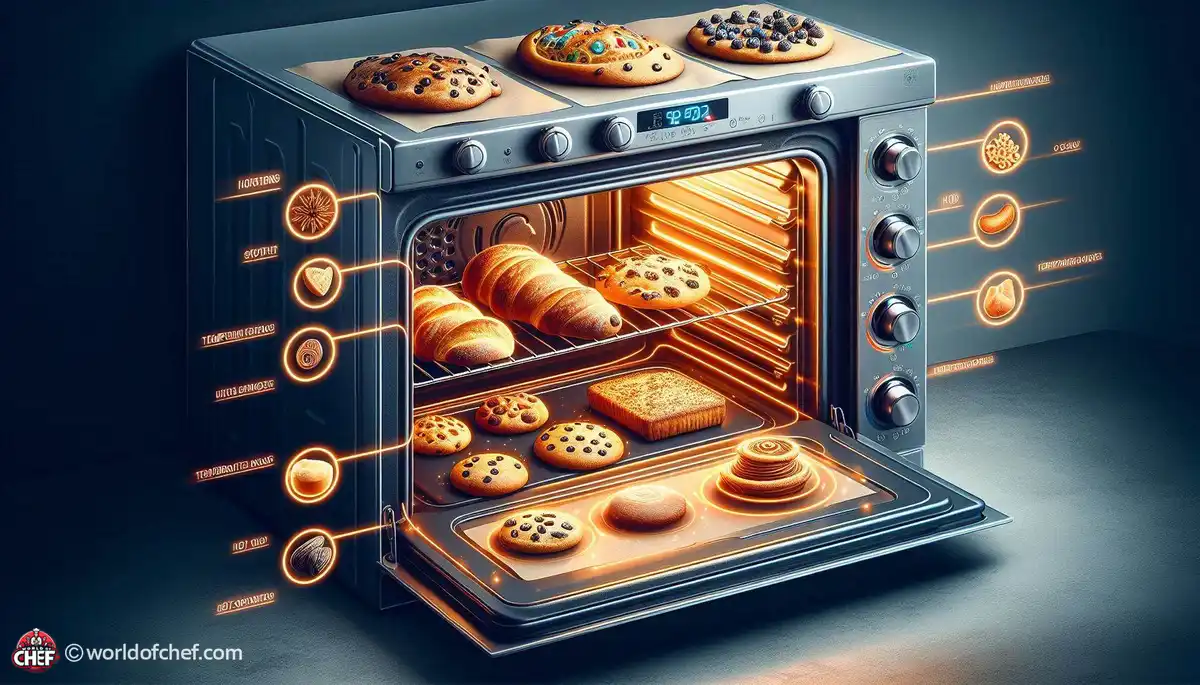
Understanding Oven Hot Spots and How to Bake Around Them
Russell Comeaux - Mar 30, 2025 - 13 min read

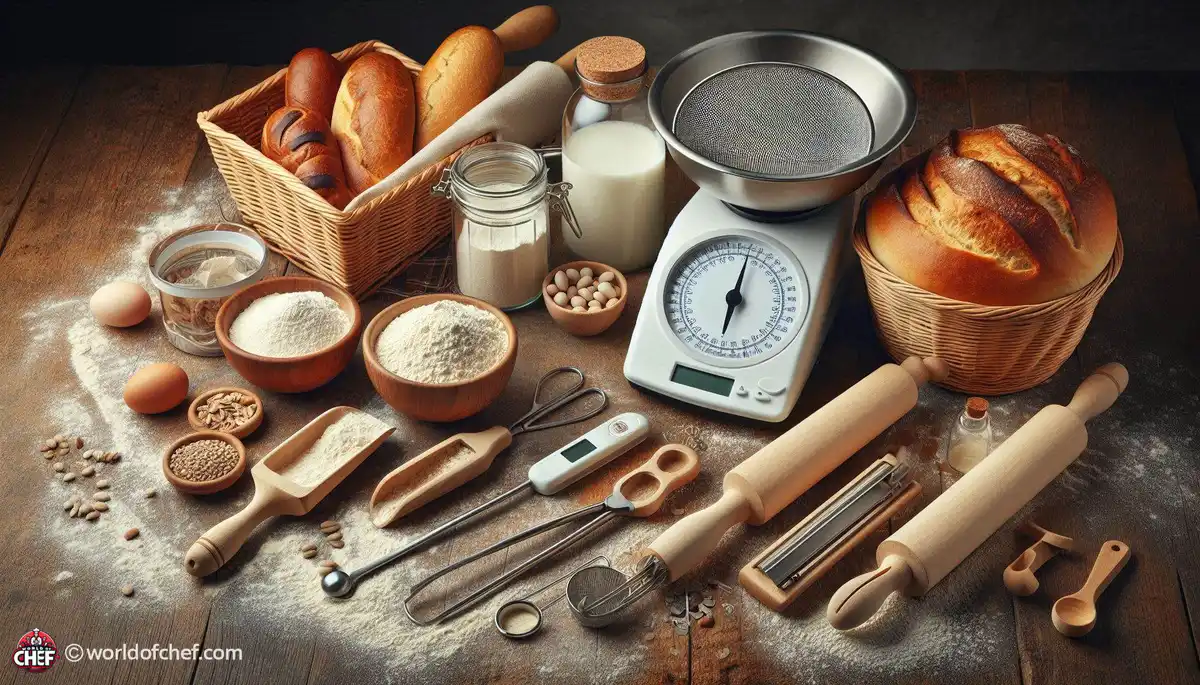
Yeast-based baking is a magical process. Think of how ordinary ingredients transform into fluffy bread or delicate pastries. However, for you to enjoy the best of the yeast creations, you must be well equipped with the right tools. This guide will explore must-have tools to work with yeast when you bake, thus equipping you to succeed in your kitchen.
This makes yeast a living organism in baking. After being activated, it ferments sugars that create carbon dioxide and alcohol. It makes the dough rise, but the outcome can influence its flavor and texture. The more you understand how yeast works, the more you appreciate why certain tools are necessary. Without proper equipment, you may end up not getting the results you want, which may result in frustration.
Various kinds of yeast that can be used in baking exist; among them is active dry, instant, and fresh yeast. All have distinguishing features in which their handling processes will be different. Others should be dissolved in the warm water prior to addition in baking; others could just be added directly with the dry ingredients. From this aspect, knowing your differences will guide you through selecting the correct yeast meant for the specific recipe being considered so you will, of course, have the correct tool meant to promote activation and growth.
This has everything to do with how much temperature activates the yeast. Warm is where yeast does well, between 75 and 85 degrees F. If your kitchen gets pretty chilly, the yeast probably will not rise properly. Too hot, though, can kill the yeast; you don't want fermentation to stop. The ability to create a comfortable setting for yeast will give you bread that is far superior to anything you ever knew existed, so getting yourself a thermometer and finding some place warm and draft-free to bake is an excellent first step in your way toward success.
Any baker needs a good set of mixing bowls, but especially when working with yeast. Stainless steel or glass bowls are ideal, not only because they can last longer but also because dough consistency can be monitored easily. A larger bowl is particularly useful, giving room for your dough to rise without spilling over.
Accuracy is a must when it comes to yeast leavening. The measurement of flour, water, and yeast will either make or break your dough. Invest in good measuring cups and spoons. Measuring dry and liquid will ensure that every ingredient gets its correct portion. Using a kitchen scale is extremely beneficial to you in the world of bread baking. Bread often makes better if weighed.
A dough scraper is one of the most treasured baking tools. It may help you to handle and shape your dough, transfer it from a kneading board to a baking pan. The tool can help you scrape sticky doughs from your work surface too. Choose a sturdy plastic or metal version with a comfortable grip that makes your baking simpler.
It is a game-changer for frequent bakers. Most of the stands come with a dough hook that is especially designed to knead yeast dough. The use of a stand mixer not only saves the time but also ensures good kneading, which leads to proper development of the gluten, hence giving a nice texture in your baked good.
A rolling pin is a must for rolling dough, whether pizza, pastries, or bread. Find one that is heavy enough and will fit comfortably in your hands. A non-stick surface can be another wonderful feature, as it makes it easy to handle sticky doughs. And with a good rolling pin, you will get an even thickness while baking.
A bench knife, or dough cutter, is a very convenient tool to divide and shape the dough. The sharp edge will easily cut through the soft dough without tearing it apart. You can also use it to transfer your ingredients from your work surface to bowls or pans. When you have a bench knife in your toolkit, you can work more efficiently, achieving professional-looking results.
Proofing baskets also known as banneton are perfect for letting the dough rise. These will work well in supporting the shape of the dough, which it is fermenting, works well to create an extremely beautiful texture and crust. Size and material, therefore, would be what you look for when looking for a proofing basket. Rattan baskets best because it allows air exchanges that can help in attaining a crisp crust.
This avoids drying out of your dough. You may use damp cloth, as well, if you want to; and the most important thing that this will help your dough do is provide it an environment where yeast thrives. This would ensure moisture within your dough even upon rising, making for great texture and taste in your finished product.
Another good investment for bakers with yeast is a kitchen thermometer. It allows one to monitor the temperature of your dough, water and even your baking environment. Yeast activation occurs ideal at a certain temperature. Thus, this tool shall make it possible to do perfect results every time it's used. In addition to this, it can enable one to troubleshoot matters like dough that won't rise.
If you are really into baking bread, then investing in a baking stone or steel may be necessary. These will distribute the heat evenly and will provide effects similar to a traditional brick oven. The stone or steel should be preheated to allow your bread to develop a beautiful crust. This can really up the game of your baking to create artisan-quality results right from your home kitchen.
The right pans and molds will make all the difference in the ideal shape and texture of baked goods. Whether you're making loaves, rolls, or buns, different pans will help you gain the versatility needed. Use non-stick pans or those made from materials that promote even browning. A good quality pan does make a difference in baking.
Once your bread is out of the oven, you seriously need to cool it on a rack. The reason for a rack is that air is circulated around your baked products, which prevents sogginess. It makes all the difference between optimal texture and flavor. Be sure to buy solid, heavy-duty racks that could carry several loaves of bread or pastries side by side. That helps them cool more quickly.
Proper care of baking tools is the best thing to ensure them to run for a longer period, and they should work. Always make sure that there is proper follow-up for the manufacturer's cleaning instructions in case some material requires even more care. For example, most of the pans with non-stick coatings usually require gentle cleaning because vigorous methods may cause damage on them. Keeping your tools and equipment clean also means to have good hygiene but further leads to more effective baked products.
Organization of your baking tools will make the difference or break the icing for your kitchen. Invest in storage solutions that keep your tools accessible but protected. You can keep measuring cups and spoons in one place by using drawer organizers, and you can store rolling pins and other bigger items using wall-mounted racks. This way, an organized kitchen can make the baking process much smoother and enjoyable.
Tools may get old. Make sure to check for damage or degradation on all your equipment. Replacing worn-out tools ensures that you are always working with the best possible equipment. It can make a difference in your baking outcomes as investing in quality tools leads to better results and much more enjoyable baking experiences.
It can be very frustrating if your dough does not rise. Several factors may be involved, including old yeast or wrong temperatures. Make sure you are using fresh yeast and check the temperature of your ingredients. If the environment is too cool, create a warmer spot by preheating your oven briefly and then turning it off to let the dough rise comfortably.
Overproofing leads to the dough collapse. It happens when too much gas is produced by the yeast and the gluten structure is no longer able to contain it. So, one has to observe his dough in case of its rising. He can easily know it doubled up, so there's no need to put the dough for further rise; he has to shape and bake it immediately because if it sags, the dough will lose its shape.
It may be a bit tricky, though, to achieve a perfect crust. A crust too thick may indicate overbaking or using the wrong pan. A soft crust may mean that the dough didn't bake long enough or that it was covered when cooling. Experiments with baking times and temperatures can all be great ways to find the ideal balance for your baked goods.
Baking with yeast is a learning process. Enjoy the journey from mixing ingredients to the aroma of freshly baked bread filling your home. The right tools make this experience much more enjoyable, providing you with the support you need to succeed.
Once you get a feel of the basics tools and techniques, you are free to try new recipes. When it comes to yeast, there is an endless option ranging from artisanal breads to sweet pastries. Letting yourself taste and explore different things can increase your skills and broaden your love for baking.
Share your baking successes with friends and family. There is something special in sharing fruits of labor with others. You could share, host a get-together, or just enjoy the evening but sharing homemade baked goods is a great way to connect with others around you. Happy baking!

Russell Comeaux - Mar 30, 2025 - 13 min read
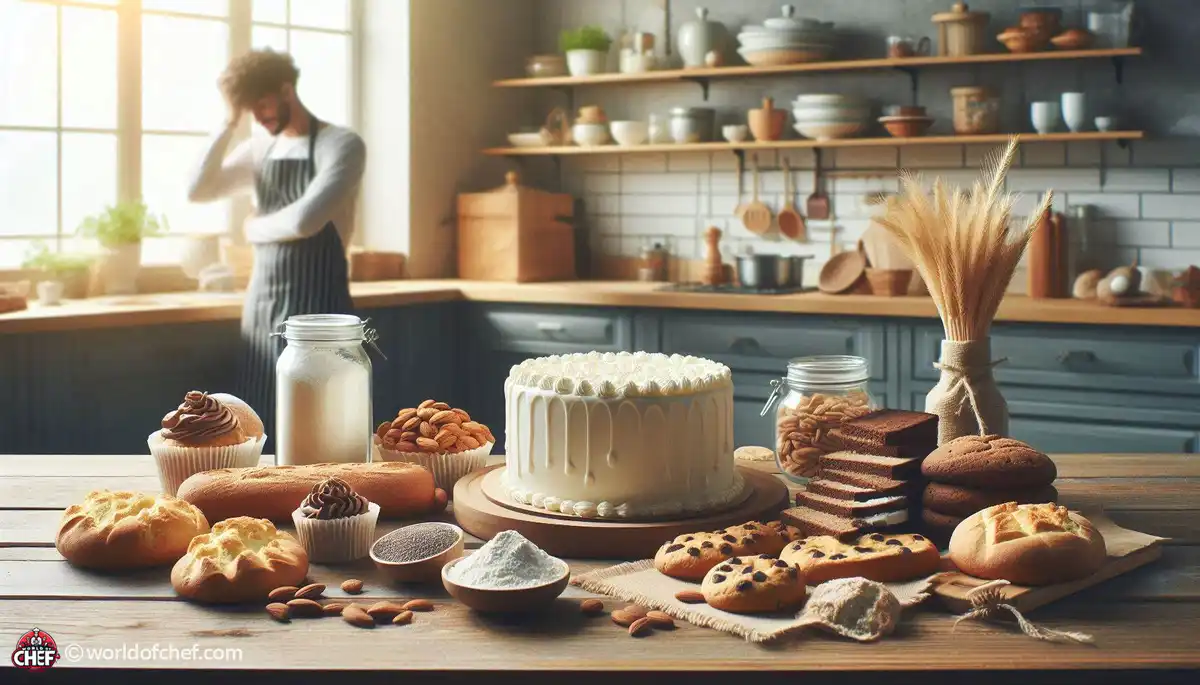
Alexis Larose - Mar 25, 2025 - 15 min read
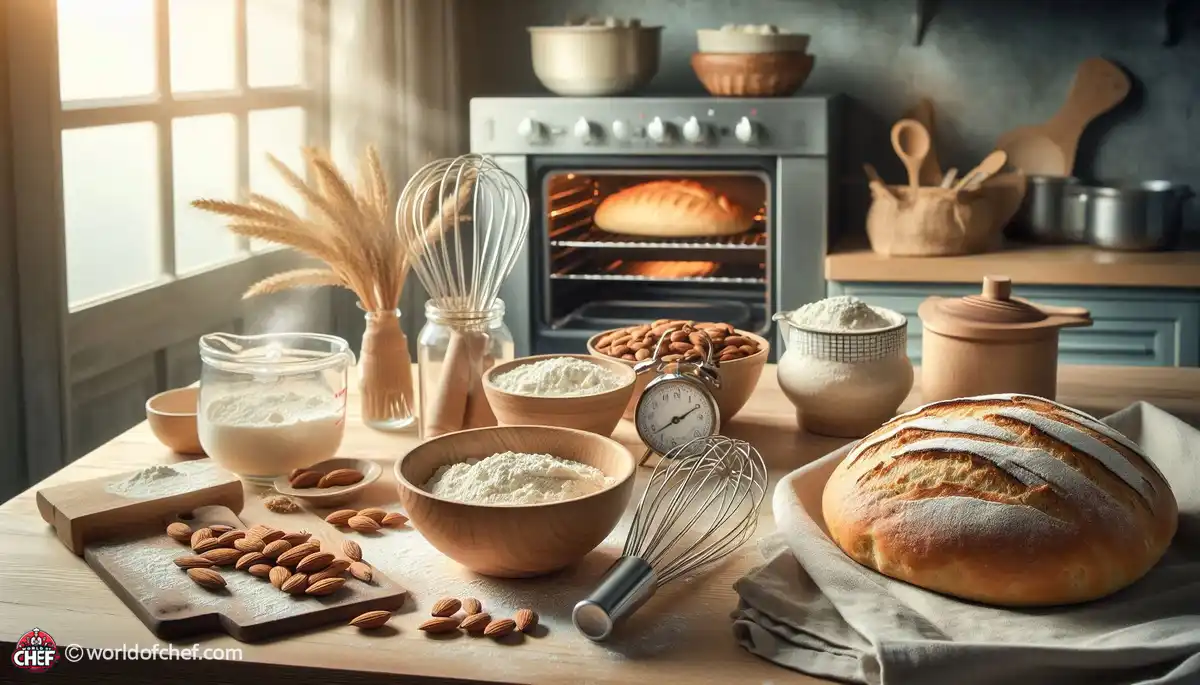
Hailey Morrill - Mar 21, 2025 - 18 min read
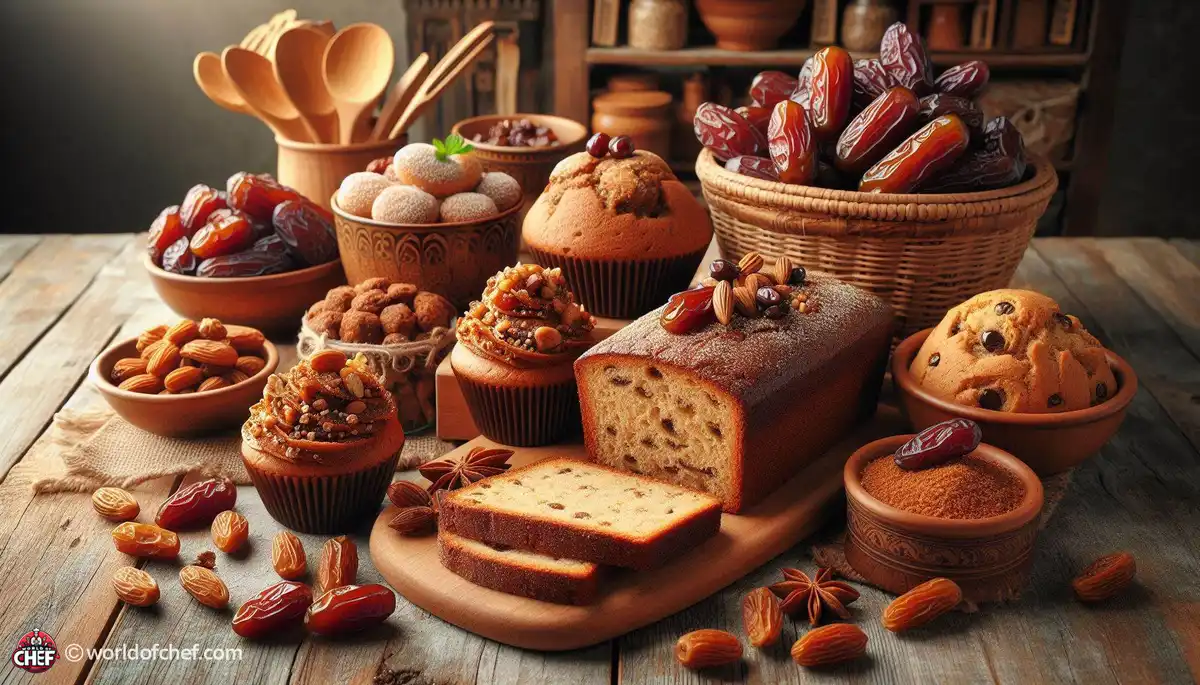
Bobby McKelvey - Mar 18, 2025 - 12 min read